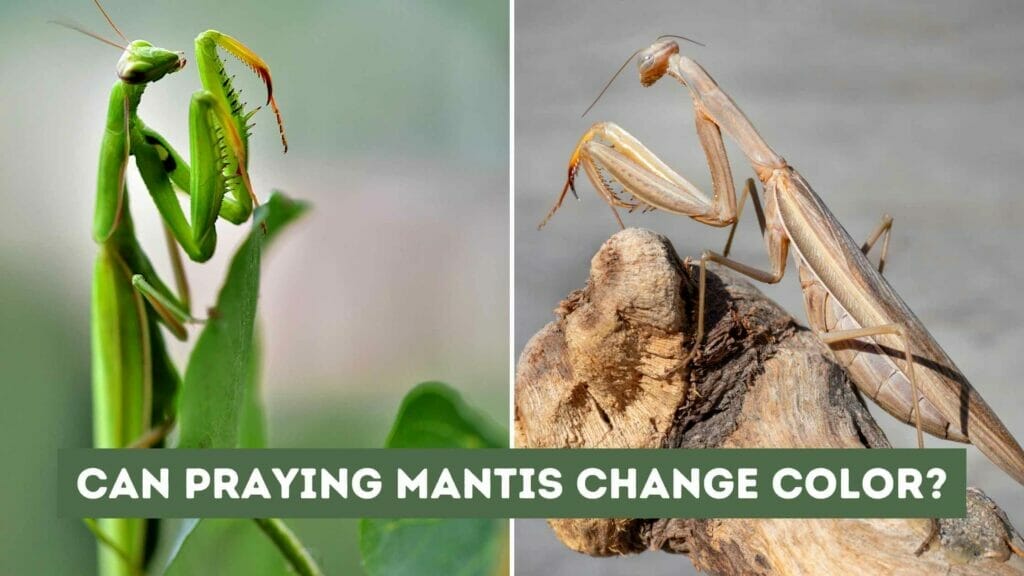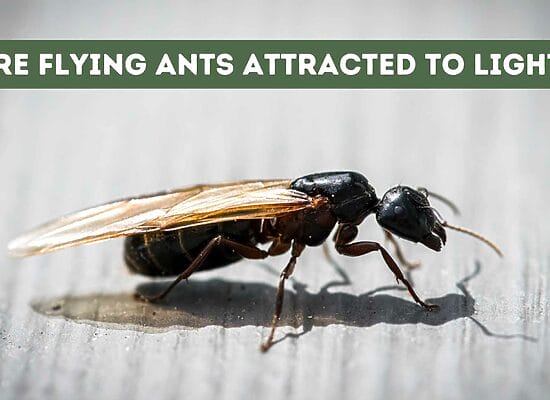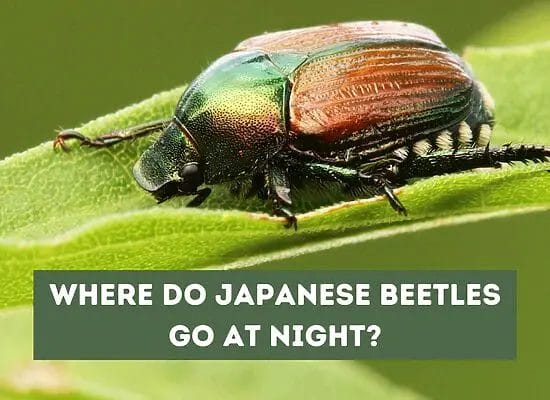
Have you ever seen a praying mantis change color? These fascinating insects are known for their unique ability to blend in with their surroundings by changing their body color. While not all praying mantis species can change color, some have been observed to do so, making them even more intriguing to study.
During their nymph phase, praying mantises can change their color from green to brown and vice versa. This is due to the process of molting, which allows them to shed their outer layer and reveal a new, different color.
Some species, such as the European Mantis and Chinese Mantis, are also known to change their color from brown to green or vice versa to blend in with their environment and avoid predators.
By being able to blend in with their surroundings, they can avoid being eaten by predators and increase their chances of survival. So next time you spot a praying mantis, take a closer look and see if you can observe any color changes!
Key takeaways:
- Praying mantises can change their color to blend in with their surroundings and avoid predators.
- The color change is primarily for camouflage and adaptation to the environment.
- Some praying mantis species, such as the brown praying mantis and Chinese mantis, can change their color from brown to green or vice versa.
- Color changes occur during the molting process when the mantis sheds its old skin and grows a new one.
- Factors such as temperature, humidity, and light intensity influence the color change in mantises.
- The ability to change color helps mantises survive by remaining hidden and increasing their hunting efficiency.
- Not all mantis species can change color, and the color change is more subtle compared to chameleons.
Can Praying Mantis Change Color?
Praying mantises are fascinating creatures that are known for their cryptic coloration and unique appearance. Although the praying mantis is not the only insect that can change color, it is one of the most well-known species that has this ability.
One of the main reasons why praying mantises change their color is to adapt to their environment. For example, if a mantis lives within the green grass, it may change from green to brown to blend in with the brown ground vegetation and brown bark of trees. Similarly, if a mantis moves to green leaves, its body color may change to green to match its surroundings. Some species of praying mantis can even change color like chameleons, adapting to their surroundings and becoming almost invisible.
The most common color change in praying mantises is from green to brown. This color change helps them blend in with their surroundings, making them less visible to predators and prey. Some species of green mantis can even change to a white color for a short time, depending on the changes in the temperature and humidity of their environment.
Although the praying mantis is not thought to change color for communication purposes, it is believed that the color change is due to hormonal changes that take place during molting. A praying mantis will molt between 5-10 times during its lifetime, and you may see color changes after each molt.
There are many species of praying mantis, and each one may change color for different reasons. For example, the flower mantis mimics orchid flowers, while the bark mantis blends in with the bark of trees. The ghost mantis is another species that can change color, adapting to its environment and becoming almost invisible.
Fun Fact: The female praying mantis is known to eat the male after mating.
Reasons Why Praying Mantises Change Color
Have you ever wondered why praying mantises change color? It turns out that there are several reasons why these fascinating insects change their hue. In this section, we’ll explore some of the most common reasons why praying mantises change color.
One of the primary reasons why praying mantises change color is for camouflage. By changing their color to match their surroundings, they can blend in and avoid detection by predators or prey. For example, a praying mantis living in a green environment may change from brown to green to blend in with the foliage. Similarly, a praying mantis living on a brown branch may change from green to brown to match its surroundings.
Another reason why praying mantises change color is during molting. As a praying mantis grows, it sheds its exoskeleton and grows a new one. During this process, the mantis may change color slightly. For example, a green praying mantis may become a slightly darker shade of green after molting.
Some praying mantis species are known for their ability to change color rapidly. For example, the brown praying mantis (Mantis religiosa) can change from brown to green in just a few hours. This ability to change color quickly can be useful for adapting to changing environments or avoiding predators.
How Do Mantises Change Color?
Have you ever wondered how praying mantises change their color? It turns out that praying mantises are capable of changing their color to match their surroundings, which helps them blend in and avoid predators. This process is known as camouflage.
The most common color change in praying mantises is from green to brown. This change occurs after the mantis molts, shedding its old skin and growing a new one. During this process, the mantis’ color can change to match its surroundings.
Researchers have found that the overall temperature, humidity, and light intensity of a mantis’ habitat play a key role in its color change. For example, more moderate temperatures, higher humidity, and low light intensity promote green vegetation and mantises. In other words, climatic variables are a causal factor in mantis color change.
It’s important to note that only baby praying mantises are capable of changing their color. Adult mantises are just too bright for this. So, if you’re looking for a brown praying mantis, you’ll have to find a young one.
In addition to their ability to change color, praying mantises have other adaptations that help them survive in their environment. For example, their long, slender bodies and spiny forelegs make them excellent hunters. They are also able to rotate their heads 180 degrees, giving them a wide field of vision.
Which Mantis Species Can Change Color?
If you are wondering which mantis species can change color, you will be surprised to know that only a few mantids can actually change color. While most mantises have coloring to adapt to their habitat, only a handful of mantis species can change their color to blend in with their surroundings.
One such species is the brown praying mantis, which can change its color from brown to green and vice versa. This color change helps the mantis to blend in with its surroundings and avoid predators. The praying mantis can also take on a brownish hue after molting, which helps it to camouflage itself.
Another species that can change color is the Chinese mantis. This species can change its color from green to brown and vice versa, depending on its surroundings. The Chinese mantis is known for its ability to blend in with its environment, making it difficult for predators to spot.
The African praying mantis is another species that can change its color. This mantis can change its color from green to brown and back again, depending on the temperature and humidity of its surroundings. The African praying mantis is also known for its ability to mimic the movements of a leaf, making it difficult for predators to spot.
It is important to note that while some mantis species can change their color, not all of them can. Most mantises have coloring to adapt to their habitat, but they cannot change their color like a chameleon. Additionally, the color change in mantis species that can change color is not as dramatic as that of a chameleon. The change is more subtle and is usually only noticeable to the trained eye.
How Does Mantis Color Change Help Them Survive?
As you may already know, praying mantises can change their color from green to brown or vice versa. But why do they do this? The answer is simple: camouflage. By blending in with their surroundings, mantises can avoid detection by predators and prey alike.
Different mantis species have different color-changing abilities. For example, the brown praying mantis can change its color to match the bark of trees, while the green praying mantis can blend in with leaves and grass. This allows them to remain hidden and ambush their prey more effectively.
Mantises also change color after molting their exoskeleton. This is because the new exoskeleton is soft and vulnerable, so changing color helps them avoid detection while it hardens. Additionally, color change can be triggered by changes in temperature and humidity, allowing mantises to adapt to their environment.
FAQ: Can Praying Mantis Change Color?
Can praying mantis change color like a chameleon?
Yes, a praying mantis can change color, but not like a chameleon. The change is not instantaneous, and it’s not based on the surroundings. Instead, a praying mantis changes color due to the natural color-changing process called ‘molt.’
Do all praying mantis change color?
No, not all praying mantis change color. Some species, like the orchid mantis, remain white for a lifetime, while others, like the brown praying mantis, can change color throughout their lives.
Can brown praying mantis change color?
Yes, a brown praying mantis can change color. Brown is a natural color of a praying mantis, and it usually changes to a green and vice versa but can change into a range of colors depending on their surrounding habitats.
Why do praying mantis change their color?
Praying mantis change their color for camouflage. They need to blend in with their environment to avoid predators and catch prey. A brown praying mantis may change to a green color to blend in with green vegetation or vice versa when entering a brown-grass habitat.
How do praying mantis change their color?
Praying mantis changes its color through the process of molting. In this process, the mantis would shed its old skin and grow a new one. During these times, their color may change to adapt to their new environment.
How often do praying mantis change their color?
Praying mantis’ color can change throughout their life, but the frequency of the change depends on their living environment. They tend to change color to adapt to new habitats and environments, and this can occur multiple times throughout the year.
Do female praying mantis change color more than males?
There is no evidence to suggest that female praying mantis change color more than males. Both genders have the natural ability to change their color, and the frequency of the change depends on their environment.
Can praying mantis change into bright colors like red or blue?
No, praying mantis cannot change into bright colors like red or blue. The range of colors they can change to depends on their natural color pigments, which are typically brown or green.
Are there any species of white praying mantis?
Yes, there are a few species of white praying mantis. The most popular one is the ghost mantis (Phyllocrania paradoxa), which can also change its color to brown or green.
Can the color change of a praying mantis be permanent?
No, the color change of a praying mantis is not permanent. They can change their color to adapt to their environment, but eventually, they will molt and grow a new exoskeleton with a new natural color.












